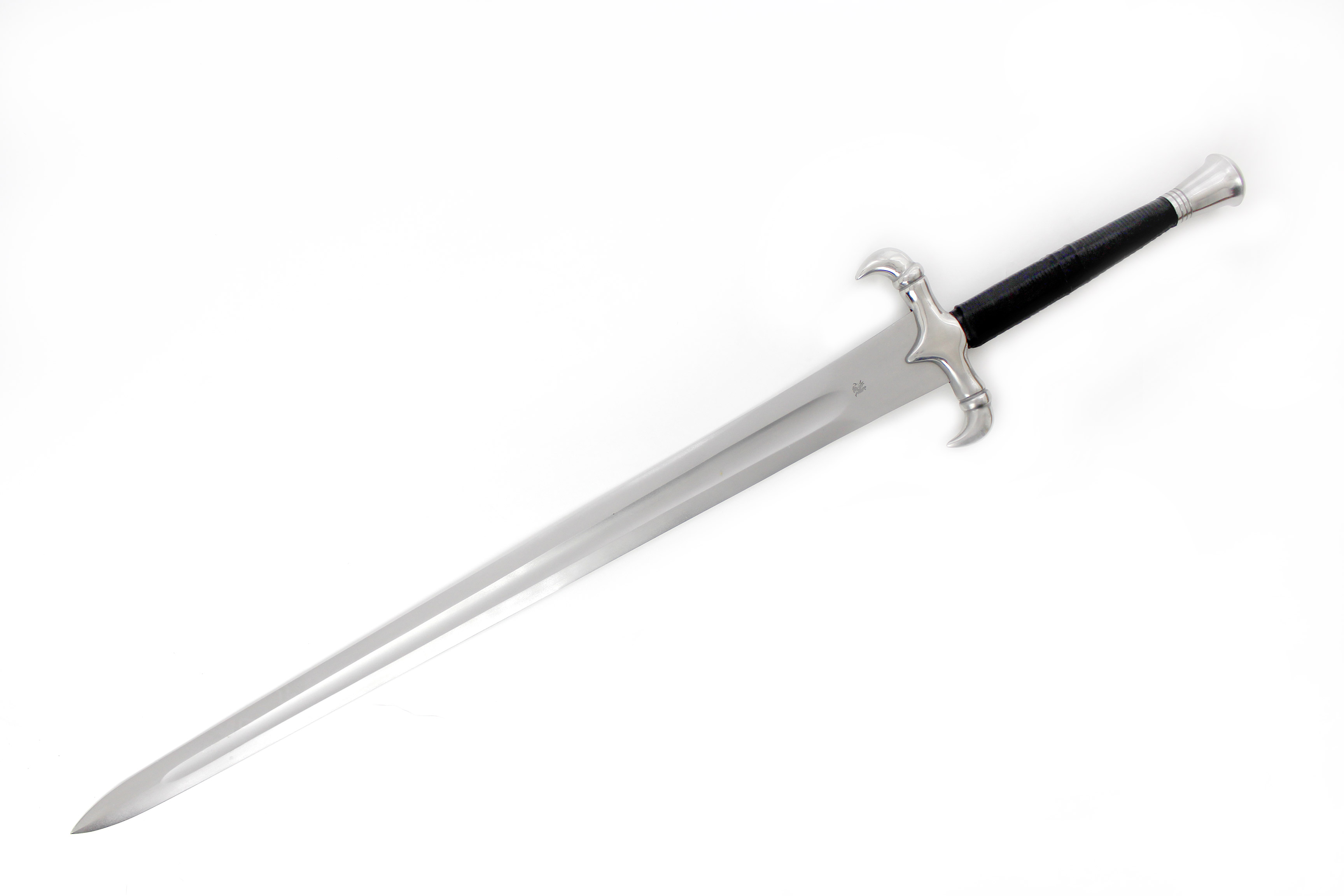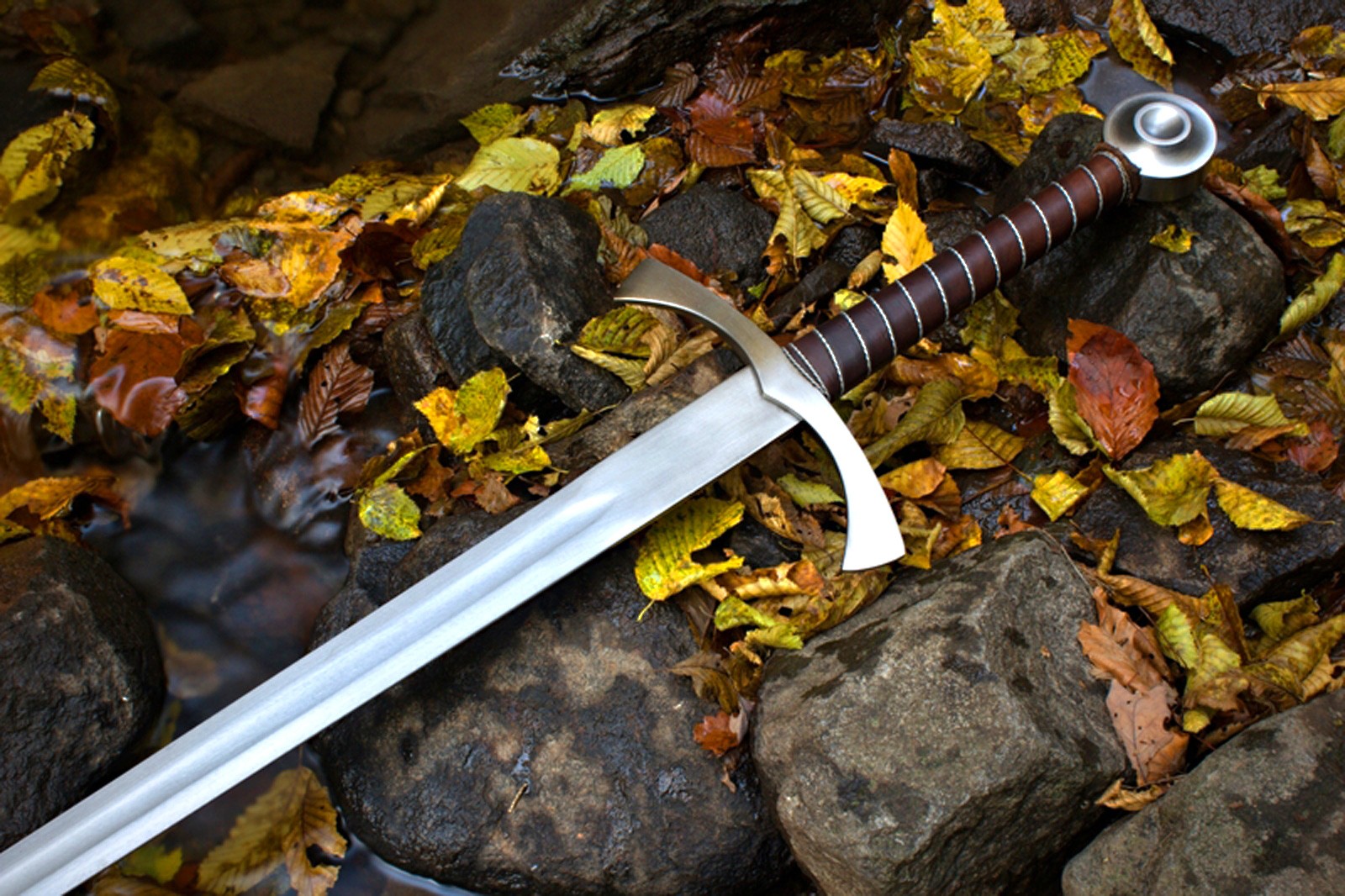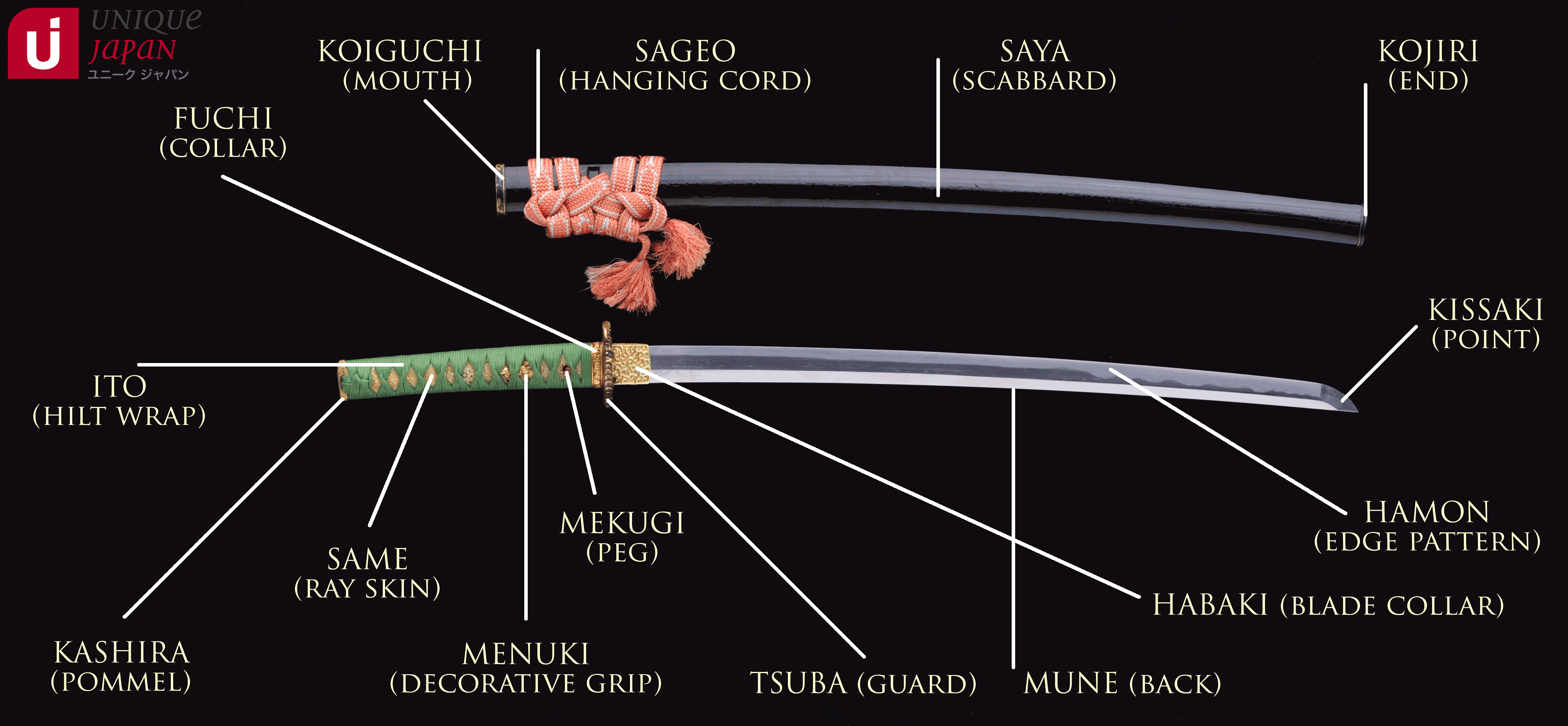Historical Significance and Cultural Symbolism

Sword meaning – Swords have been a part of human history for millennia, serving as both practical weapons and powerful cultural symbols. Their origins can be traced back to the Stone Age, when early humans fashioned crude blades from flint and other hard materials. Over time, swords evolved in design and construction, becoming increasingly sophisticated and effective in combat.
The gleaming blade of a sword has always carried a profound significance in human history, embodying both power and fragility. Its definition, as explored in sword definition , encompasses a range of forms and purposes. Yet, beyond its practical applications, the sword transcends its physical form, becoming a symbol of authority, courage, and the eternal struggle between good and evil.
Cultural Significance
In many cultures, swords have held a special significance, often associated with power, honor, and prestige. In ancient Greece, for example, the sword was a symbol of the warrior class, and the Spartans were known for their exceptional swordsmanship. In medieval Europe, swords were often adorned with elaborate decorations and carried by knights as a mark of their social status.
Famous Swords
Throughout history, numerous famous swords have been forged, each with its own unique story and significance. Among the most well-known are the Excalibur of King Arthur, the Durendal of Roland, and the Kusanagi-no-Tsurugi of the Japanese emperor.
In the world of folklore, the sword is often a symbol of power, strength, and courage. But what happens when the sword is wielded by someone who is not worthy? In the tomorrow pit , the sword becomes a tool of destruction, used to inflict pain and suffering upon the innocent.
The sword’s meaning is twisted and corrupted, and it becomes a symbol of evil.
Design and Construction

Swords are composed of several key parts that contribute to their overall functionality and performance. The blade is the primary cutting or thrusting component, and its shape and design vary depending on the sword’s intended use. The hilt, which comprises the handle, guard, and pommel, provides a secure grip and balance for the wielder.
Materials
The materials used in sword construction significantly impact their performance. Traditionally, swords were crafted from iron or steel, with different alloys and forging techniques used to achieve specific properties. Iron, for instance, is durable but prone to rust, while steel offers a better balance of strength and flexibility. Other materials, such as bronze and titanium, have also been employed in sword-making.
Forging and Craftsmanship
Sword forging is a complex and skilled craft that requires meticulous attention to detail. The process involves heating and hammering the metal to shape the blade and hilt. Different forging techniques, such as folding and tempering, are used to enhance the sword’s strength, durability, and edge retention. The final step in sword-making is often the application of decorative elements, such as engraving or inlays, which serve both aesthetic and practical purposes.
Swordsmanship and Combat: Sword Meaning

Swordsmanship is the art of using a sword effectively in combat. It encompasses a wide range of techniques, from basic cutting and thrusting to more advanced maneuvers such as parrying, disarming, and grappling.
The development of sword fighting techniques has been influenced by a number of factors, including the type of sword being used, the prevailing martial arts of the time, and the social and cultural context in which the fighting took place.
Types of Swords
There are many different types of swords, each with its own advantages and disadvantages in combat.
- Single-edged swords are sharpened on one side only, making them easier to cut with but less effective at thrusting.
- Double-edged swords are sharpened on both sides, making them more versatile but also more difficult to control.
- Straight swords are designed for thrusting and cutting, while curved swords are better suited for slashing and hacking.
- Longswords are typically used with two hands, while short swords can be used with one or two hands.
Strategies and Tactics, Sword meaning
The strategies and tactics employed in swordsmanship vary depending on the type of sword being used and the situation in which the fight is taking place.
- In close combat, swordsmen typically use a combination of cutting and thrusting attacks.
- At longer range, they may use thrusting attacks or throw their swords.
- Against multiple opponents, swordsmen may use defensive techniques such as parrying and disarming to keep their opponents at bay.
The sword, a symbol of power and justice, has been wielded by warriors and kings throughout history. In the modern era, the sword has found a new home in the pages of the nyt mini , where it continues to inspire and captivate readers with tales of heroism and adventure.
Yet, the sword’s meaning transcends its physical form, embodying the eternal struggle between good and evil, light and darkness.
The sword, a symbol of power and protection, has been a ubiquitous weapon throughout history. Its sharp edge and pointed tip have been used to inflict both fear and respect. In the same vein, an umbrella offers shelter from the elements, providing a sense of security and comfort.
Like the sword, it represents both protection and authority, guarding against the storms of life.
In the hands of a skilled warrior, a sword is a lethal weapon, a symbol of power and authority. Like a channel through which the warrior’s will flows, the sword extends their reach, allowing them to strike with precision and force.
But beyond its physical form, the sword also carries a deeper meaning, representing the warrior’s indomitable spirit and their unwavering determination to protect what they hold dear.